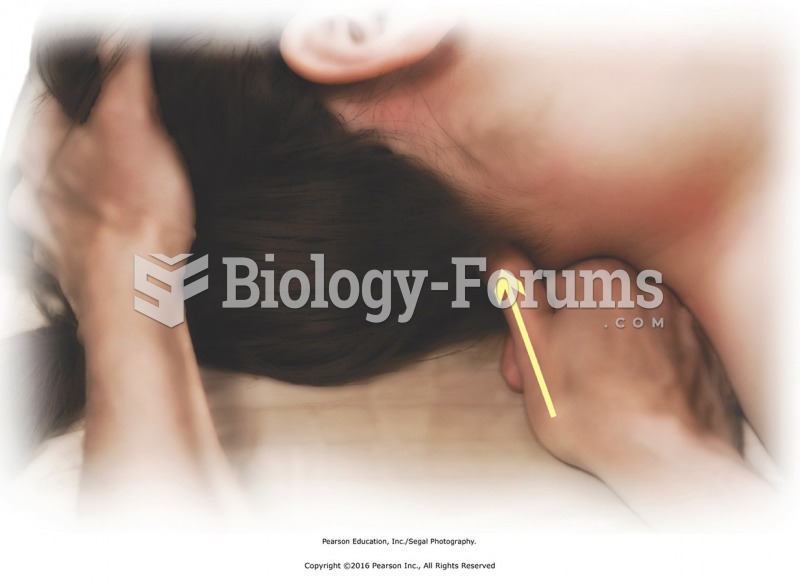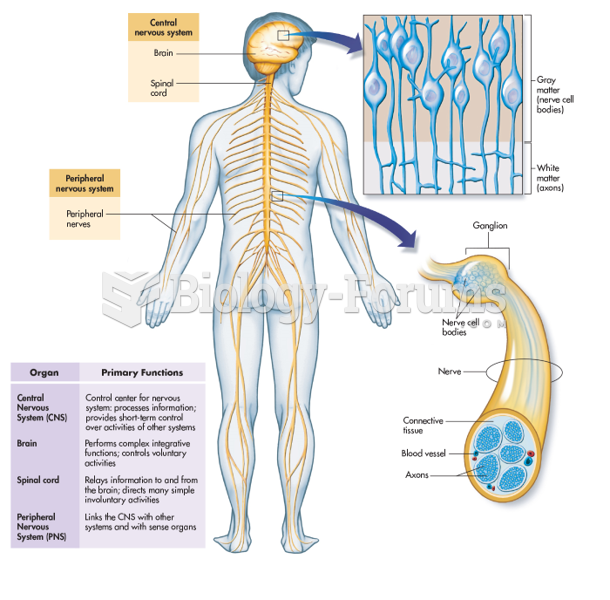This topic contains a solution. Click here to go to the answer
|
|
|
Did you know?
People often find it difficult to accept the idea that bacteria can be beneficial and improve health. Lactic acid bacteria are good, and when eaten, these bacteria improve health and increase longevity. These bacteria included in foods such as yogurt.
Did you know?
All adults should have their cholesterol levels checked once every 5 years. During 2009–2010, 69.4% of Americans age 20 and older reported having their cholesterol checked within the last five years.
Did you know?
Illicit drug use costs the United States approximately $181 billion every year.
Did you know?
If you could remove all of your skin, it would weigh up to 5 pounds.
Did you know?
People about to have surgery must tell their health care providers about all supplements they take.







